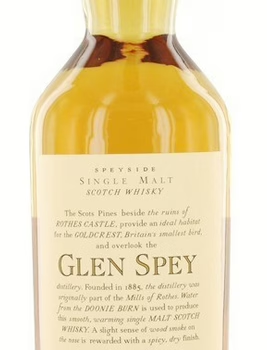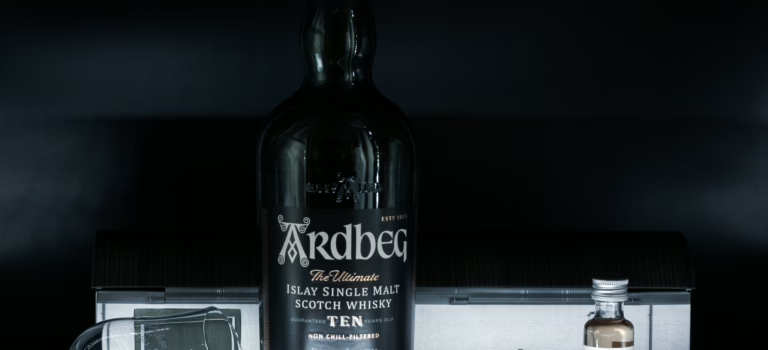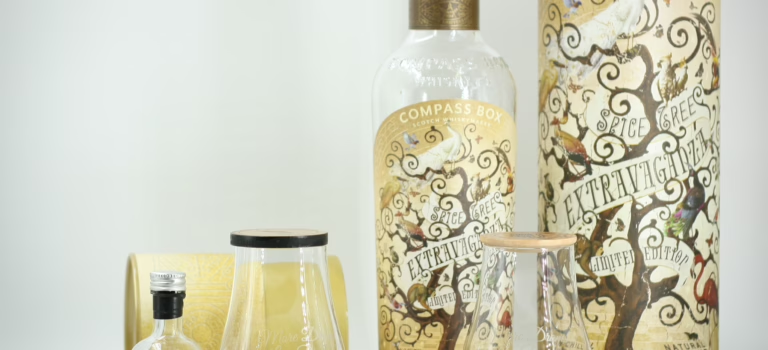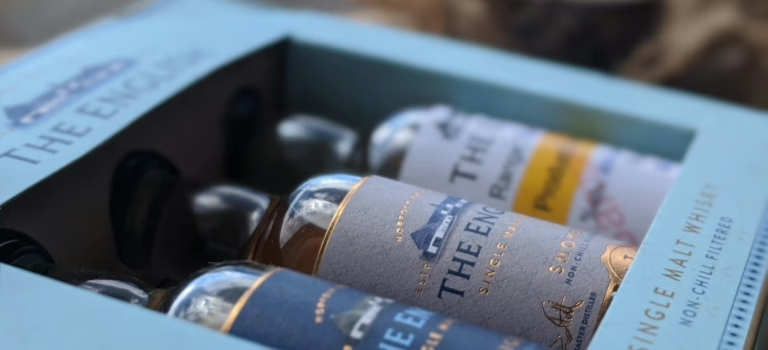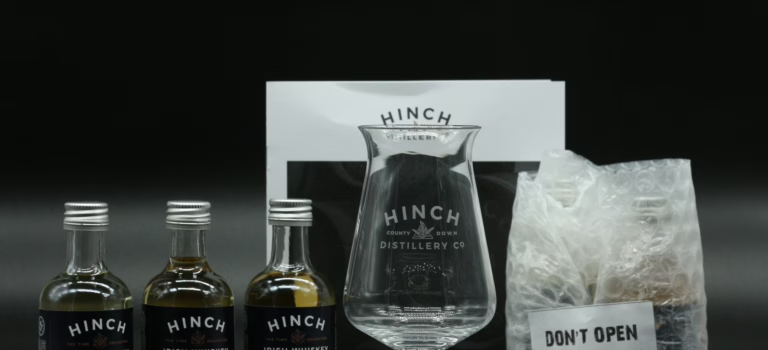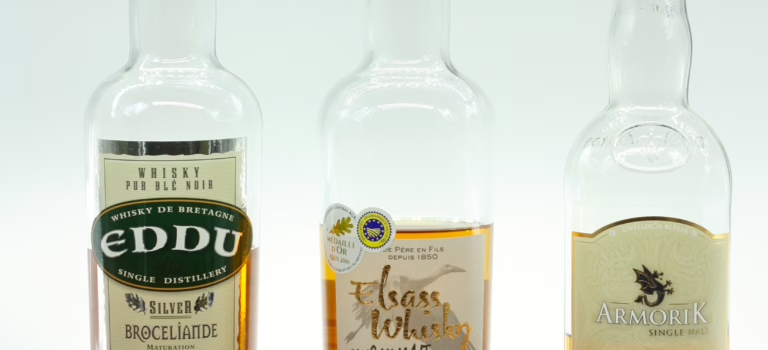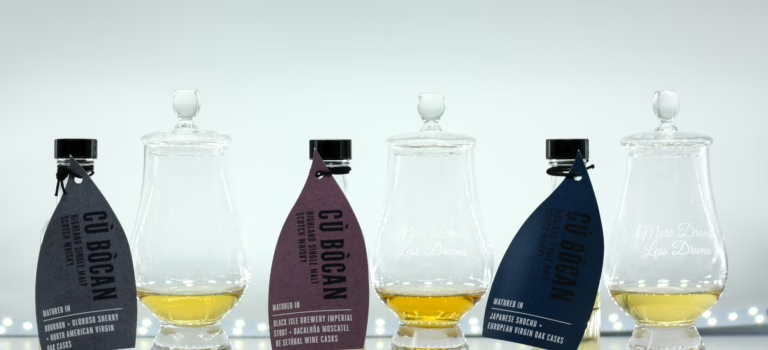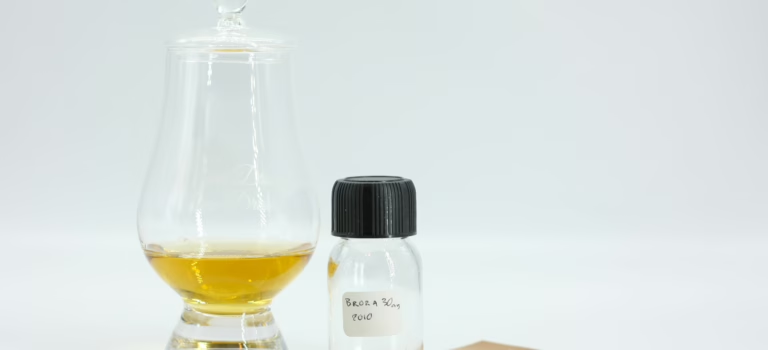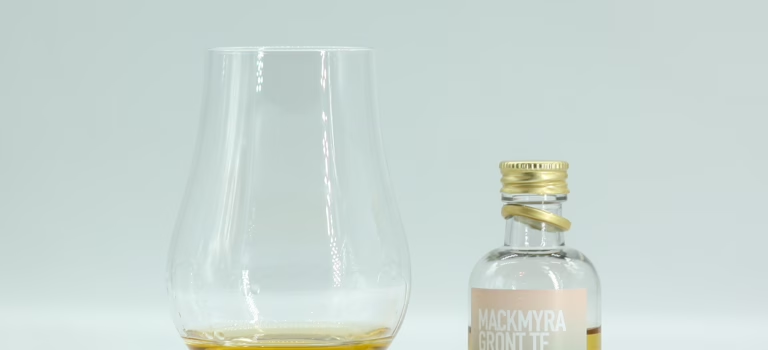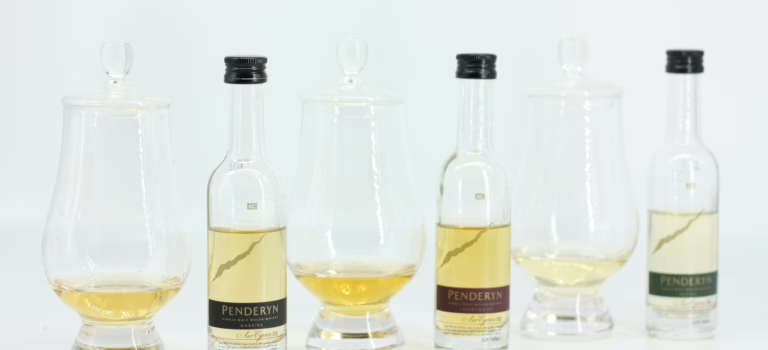Glen Spey is an important producer of whisky used in the world-famous J&B blended Scotch whisky. J&B is the 3rd biggest (not best, biggest) blend in the world, with a mind-blowing 6 million cases sold worldwide each year, though in decline from 64 million bottles in 2008. Glen Spey, located in Speyside in Rothes, is also one of the most anonymous distilleries in Scotland, as there are almost no single malt offerings. In 1878, James Stuart & Co founded the distillery and it became under English ownership in 1887 as it was bought by W&A Gilbey. Then in 1962, W&A Gilbey combined with United Wine Traders to create International Distillers & Vintners (IDV). Finally, a few changes of ownership later, Grand Metropolitan bought IDV and in 1997, Guinness and Grand Metropolitan merged to form Diageo. With a 1.4 million lpa capacity, Glen Spey is the third-smallest distillery from Diageo, only followed by Royal Lochnagar and Oban.
Read more